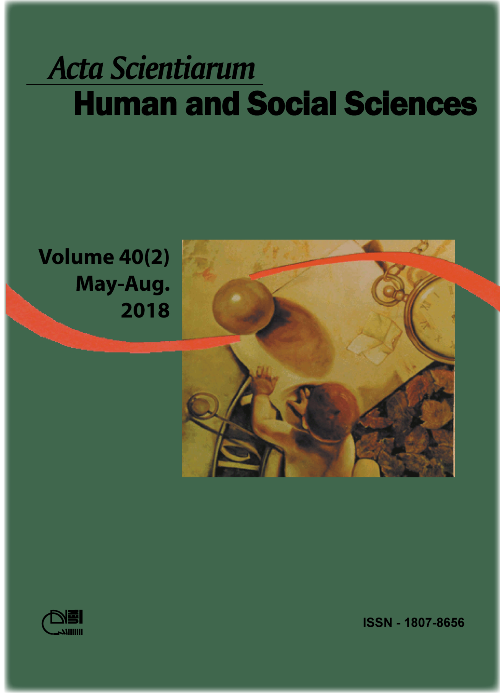<b>Gender differences in pay in the Brazilian public sector between 2002 and 2015: extent, trends, and explanations
Abstract
This paper studies the gender pay gap in the Brazilian public sector between 2002 and 2015. Blinder-Oaxaca methodology is applied to decompose the wage gap in the part explained by measurable characteristics ― such as differences in workers´ productive endowments or in their occupational distribution ― and a residual component, caused by different returns to these characteristics. The decomposition is applied to all PNAD between 2002 and 2015, but it is discussed in more detail for 2015. For this year a non-parametric alternative proposed by Ñopo (2008) is also applied. The Blinder-Oaxaca decomposition shows that the share of the residual component in the wage gap increased from 45.3% in 2002 to 55.5% in 2015. Ñopo technique indicates that about 54% of the wage gap cannot be attributed to differences in the distributions of individuals’ characteristics, but rather to the unexplained fraction, in 2015. Thus, even controlling for observable characteristics of the labor force, there remains a gender wage gap, whose size suffered no reduction during the analysis period. The most important factors in explaining such difference are age and weekly working hours.
Downloads
DECLARATION OF ORIGINALITY AND COPYRIGHTS
I Declare that current article is original and has not been submitted for publication, in part or in whole, to any other national or international journal.
The copyrights belong exclusively to the authors. Published content is licensed under Creative Commons Attribution 4.0 (CC BY 4.0) guidelines, which allows sharing (copy and distribution of the material in any medium or format) and adaptation (remix, transform, and build upon the material) for any purpose, even commercially, under the terms of attribution.
Read this link for further information on how to use CC BY 4.0 properly.























